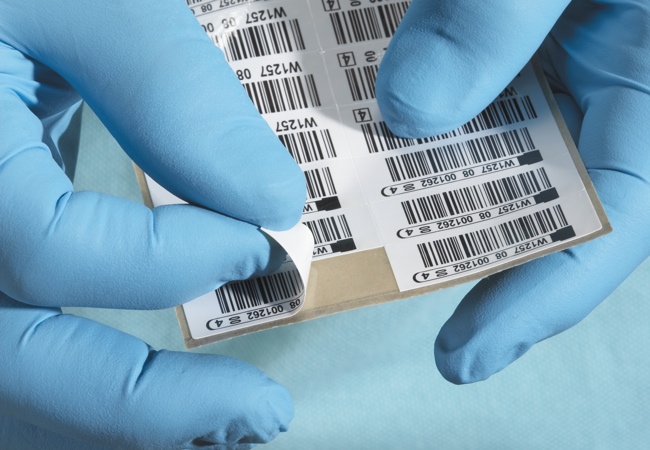
Do’s and Don’ts of Medical Device Labeling
As my colleague, Virginia Anastassova, noted in her recent blog, Unique Device Identifiers (UDIs) have been one of the hot topics in the Medical Device world in the last few years. It seems like a good time for a quick refresher on medical device labeling in general. I’ve also included my list of Do’s and Don’ts for good measure.
When referring to medical devices, the term labeling includes all information provided with the device. This includes:
- labels, symbols, warnings, instructions or control labels applied to the device or incorporated into the design by colour coding, printing, machining or molding
- information displayed on the device User Interface (UI)
- documents provided with the device such as user manuals, installation instructions, and maintenance instructions
- information printed on the packaging and any point of sale displays
Medical device labeling is regulated in all jurisdictions. The following are three common jurisdictions and the relevant requirements:
- Canada: Canadian Medical Device Regulations clause 21
- EU: Medical Device Directive Annex 1, clause 13
- USA: FDA CFR 21 Part 801
In addition, electrical medical devices have labeling requirements defined in IEC 60601-1 clause 7.
The usability of the labeling is addressed in IEC 62366. Labeling must be designed with the target user in mind. The labeling for a home use device will be very different from that on a device used by a trained medical technician.
The Do’s
Each jurisdiction has its own requirements so check your local regulations. In almost all cases you must:
o Identify the device by make, model number, date of manufacture and batch or serial number.
o Provide contact information for the manufacturer and/or local representative or distributor.
o Include the intended use and indications for use and any contra indications and possible side effects.
o List the contents of box (what is supplied with the device).
o Include instructions for correct use of the device.
o Include any warnings or cautions resulting from the risk management process.
- Do use symbols as much as possible in the labeling of the device. See ISO 15223 and 60878 for symbols. Devices sold in the USA require explanatory notes with the symbols.
- Do select label materials that will remain legible for the design life of the device and that are compatible with cleaning fluids and methods defined in the instructions for use.
- Do mark devices used on patients as part of a validation test before approval or clearance of the device with the label “For Investigational Use Only”
- Do have someone with regulatory knowledge review the labeling before submitting the device for clearance
The Don’ts
Don’t make content changes after the device has gained regulatory clearance.
Don’t include any text which contradicts the intended use or describes or refers to an off label use.
Don’t include any marketing statements that are not supported by data.
Don’t include any text stating or implying Health Canada approval or endorsement of the device.
Don’t include any text stating or implying FDA approval or endorsement of the device.
Don’t refer to the ISO 13485 certification on the product labeling without written permission from the registrar.
Don’t use the certifying body (e.g. CSA, ETL, UL) artwork on the product label without written permission.
As a final thought
Do include labeling in your design planning and don’t leave it until the very end of development.
Rob Keur is a former regulatory affairs expert at StarFish Medical. He avoid labels outside work, but follows his own advice on medical device specifications when providing Regulatory Support and Quality Management services.
Lead image: CoastLabel.com
